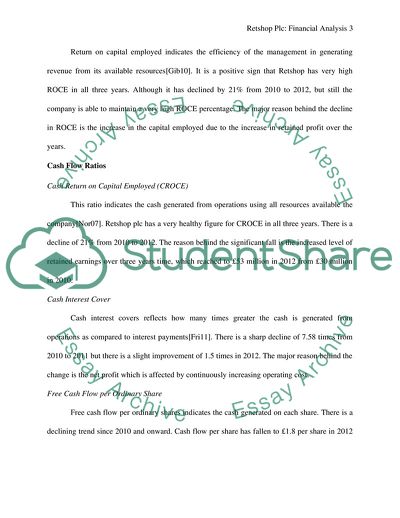Cite this document
(Accounting theory and practice Coursework Example | Topics and Well Written Essays - 2000 words, n.d.)
Accounting theory and practice Coursework Example | Topics and Well Written Essays - 2000 words. https://studentshare.org/finance-accounting/1785042-accounting-theory-and-practice
Accounting theory and practice Coursework Example | Topics and Well Written Essays - 2000 words. https://studentshare.org/finance-accounting/1785042-accounting-theory-and-practice
(Accounting Theory and Practice Coursework Example | Topics and Well Written Essays - 2000 Words)
Accounting Theory and Practice Coursework Example | Topics and Well Written Essays - 2000 Words. https://studentshare.org/finance-accounting/1785042-accounting-theory-and-practice.
Accounting Theory and Practice Coursework Example | Topics and Well Written Essays - 2000 Words. https://studentshare.org/finance-accounting/1785042-accounting-theory-and-practice.
“Accounting Theory and Practice Coursework Example | Topics and Well Written Essays - 2000 Words”. https://studentshare.org/finance-accounting/1785042-accounting-theory-and-practice.


